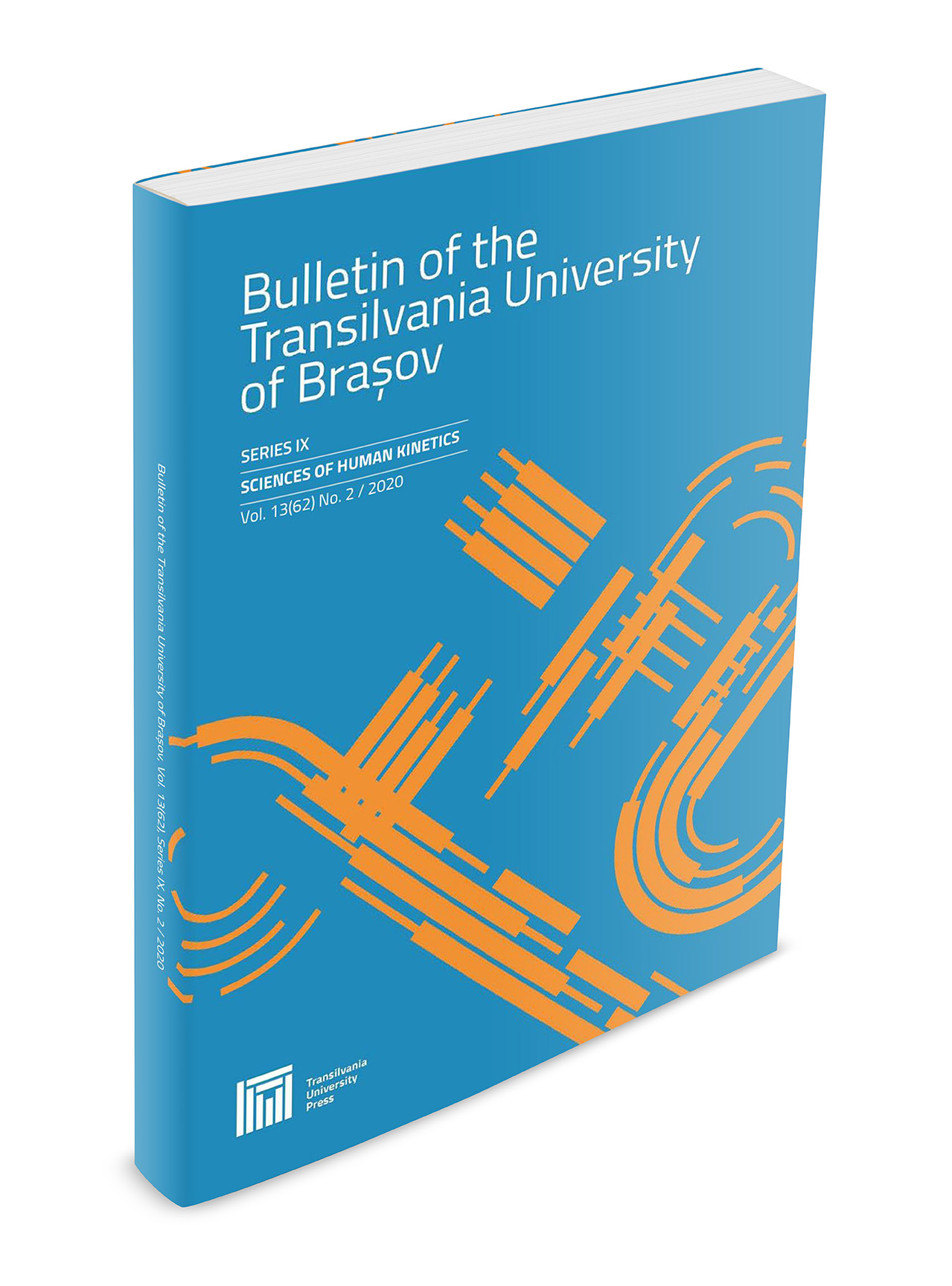Development Models in Handball Players
DOI:
https://doi.org/10.31926/but.shk.2019.12.61.11Keywords:
handball, training, strength, speedAbstract
The purpose of this study is to highlight the ability of handball coaches who can understand the mechanics of acceleration appropriately and use this ability to provide handball players with the suggestions needed to achieve the desired angles of the joints and body to achieve speeds increased. The performance of a handball player is conditional on achieving a given move at the maximum possible speed. Thus, increasing the pitch of the pitch by achieving large amounts of force in the shortest possible time is fundamental to the maximum speed a handballer can achieve. At the moment, speed requirements for handball players have changed, evolving over time. When we talk about the development of speed in handball players, we refer to the rapid movement of the whole body in response to a stimulus. Acceleration, maximum reaction speed, and speed of change of direction are the basic components of handball players' performance. The characteristic procedures for developing each component of speed at handball players need to be used from the junior age. In handball potty matches, high-speed action is seen, so handball players are forced to make high-speed decisions.Downloads
Published
Issue
Section
License
Copyright (c) 2019 Bulletin of the Transilvania University of Braşov. Series IX: Sciences of Human Kinetics

This work is licensed under a Creative Commons Attribution 4.0 International License.





